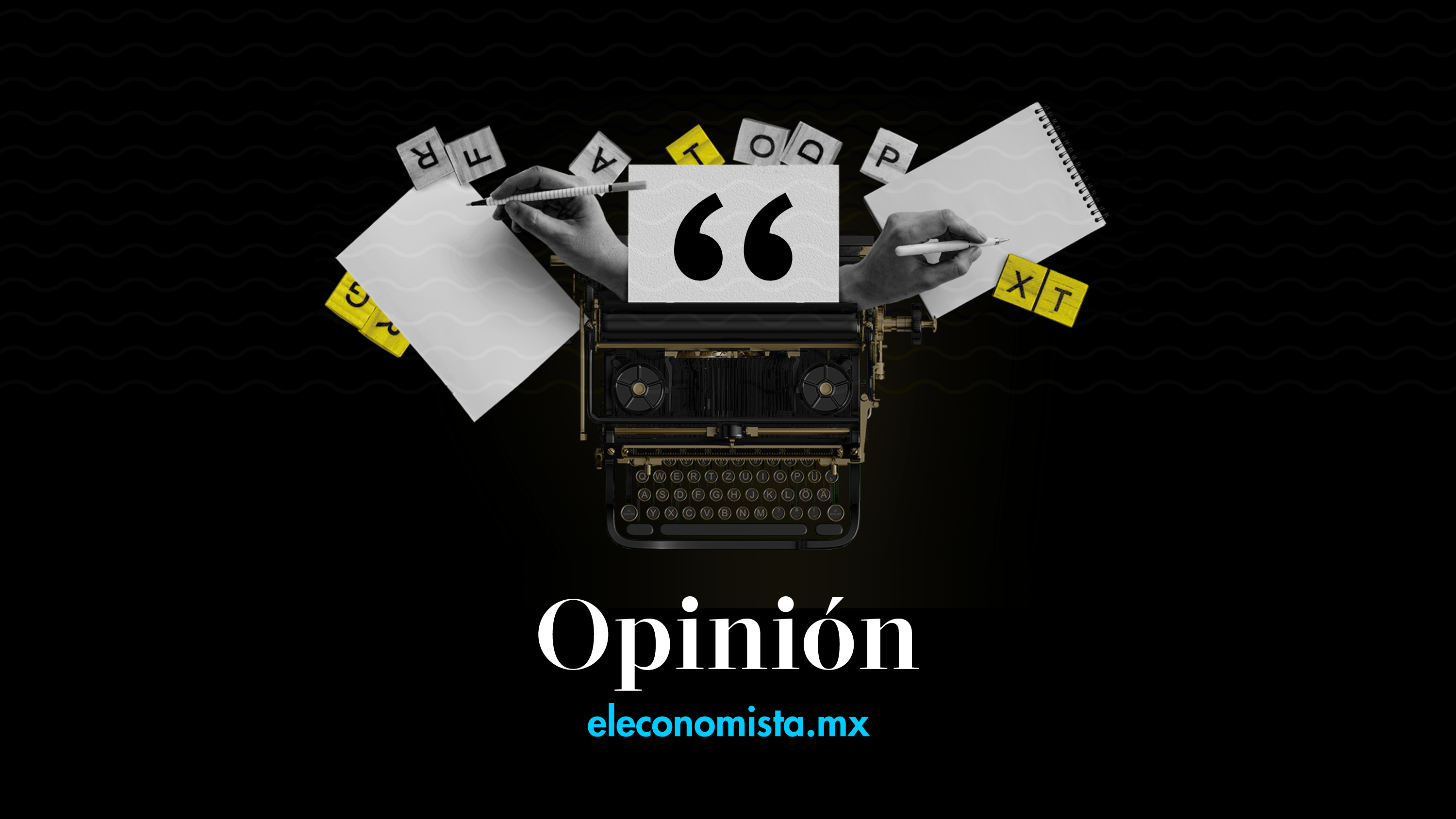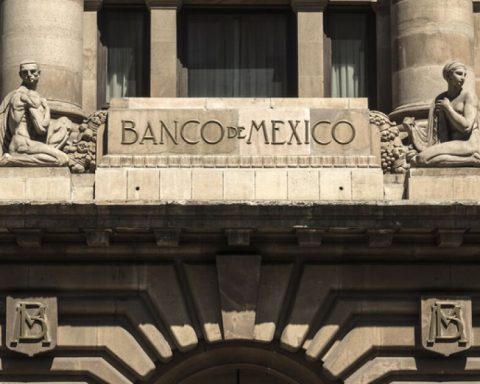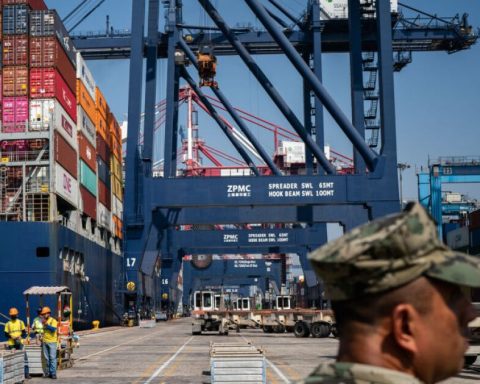Remittances are and will continue to be a factor that supports the Mexican economy, especially in a context in which North Americans are not taking existing jobs.
We live the dance of the data regarding the forecast of the Mexican economy. The numbers weren’t the best for last quarter, but there are reasons for optimism. According to the analysis of Telekonomics, by the economist Alexis Milo, one factor in this sense is that the United States economy is expected to maintain its growth rate, including its imports, so that will be an engine that will maintain especially for the industrial sector. Manufacturing has actually reached pre-Covid levels, although the auto industry continues to struggle with supply shortages. Manufactures will recover dynamism to the extent that the regularization of input channels continues.
However, and this seems to me to be an important point in the Telekonomics analysis, is that other sectors, such as construction, were already low before covid and may have a significant rebound during the year. The same happens with services, especially those that have to do with recreation, tourism and the restaurant industry, there is still a long way to go before they reach pre-pandemic levels, and therefore they will surely be engines of growth for the economy. during 2022.
The recreation industry, according to the aforementioned analysis, is at 86% of its post-pandemic capacity and the restaurant industry at 79%. Formal employment in the service sector is below pre-pandemic levels and is expected to recover. Remittances are and will continue to be a factor that supports the Mexican economy, especially in a context in which North Americans are not taking existing jobs.
Now, an interesting fact from Alex Milo’s analysis is that towards the end of last year the international tourists who arrived in Mexico were barely 2.5 million people, when in 2019 4.5 million visited us. This means that if that level of tourism is recovered, around 1,000 million additional dollars would enter the country. On the other hand, if the services reach the employment levels in the pre-pandemic services, we would have, due to that effect alone, 600,000 more formal jobs than the current ones.
This could cause that, as happened at this point in 2021, the growth expectations of the Mexican economy are higher than estimated, so that the economic growth of 2022 is greater than 3 percent.
On the inflation side, the pressures are short-term, but it is not expected to be a medium-term problem, with rates around 3.5% for 2023. The public deficit is moderate and Mexico maintains one of the debt balances with lowest in the world, around 50 percent. After the Covid-19 crisis, other Latin American countries, such as Argentina, Brazil and Colombia, reached debt/GDP ratios of 100, 90 and 70%, respectively, which will complicate their recovery processes.
There are several risk factors. We would still have to wait for the result of the gradual withdrawal of the US fiscal and monetary stimulus. But Mexico’s good fiscal position will help exchange rate stability continue even when the United States normalizes its monetary policy and offers good conditions for recovery.
A good recovery strategy would be to promote the rapid reactivation of the services sectors, since this is where the greatest opportunities for expansion exist in the short term. It would also be important to work on the manufacturing sector, especially to help rebuild supply chains as soon as possible.
Twitter: @vidallerenas
Politician
guest column
A graduate in Economics from the Autonomous Technological Institute of Mexico (ITAM), he has a Master’s degree in Public Policy and Management from the University of Essex, United Kingdom, and a Ph.D. in Public Administration and Management from the University of York.

















